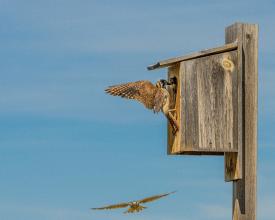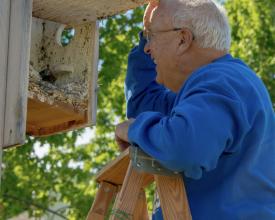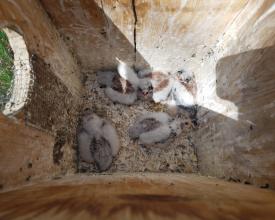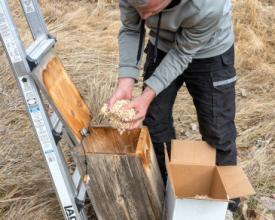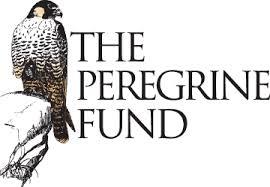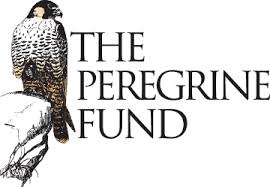
The American Kestrel Partnership- Advancing knowledge on Kestrel conservation through collaborative science
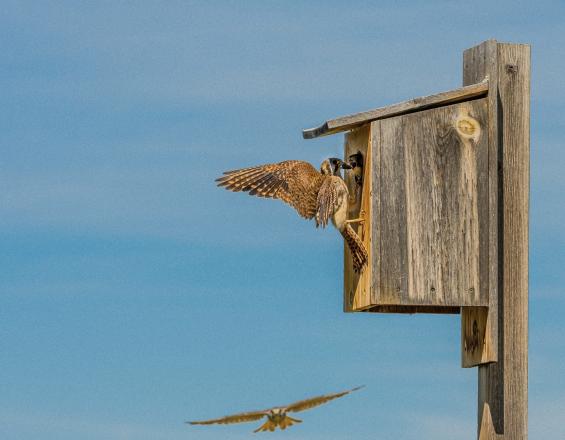
Launched in 2012 in response to American Kestrel (Falco sparverius) population declines across much of North America, The Peregrine Fund’s American Kestrel Partnership (AKP) comprises a network of professional and community scientists working to understand kestrel demographics and advance their conservation. Researchers lack sufficient data to understand why long-term, wide-spread population declines are occurring. While counts like the Breeding Bird Survey indicate fewer breeding kestrels, they cannot determine where the birds are having trouble in their life cycle. The AKP monitors nest boxes and contributes observations to a single database. With the information collected consistently across the range, we can start to identify trends that we hope will offer insights on the causes of their population decline. Do you see kestrels where you live? Whether your local environment has growing, stable, or declining kestrel populations, we need your observations to advance kestrel conservation.
Context
Challenges addressed
Location
Impacts
To date, the American Kestrel Partnership has engaged nearly 2,000 partners, ranging from professional scientists to school teachers and interested homeowners in seven countries over two continents. These partners are collectively monitoring a network of well over 4,000 nest boxes and have submitted more than 37,000 individual observations.
Scientists examining many different facets of American Kestrel ecology and phenology have used the AKP dataset to expand their research to a continent-wide scale for the very first time. These include examining the effects of various climatic factors on the timing and success rate of nesting, how kestrel breeding time relative to the start of the growing season affects their productivity and more.
Additionally, the AKP’s network of partners allows for better collaboration between researchers in different parts of the country. For example, an ongoing study of American Kestrel migratory pathways utilized the AKP’s network to solicit feather and blood samples from banders and other researchers across North America, greatly enhancing the dataset and offering new insight into the migration patterns and habitat use of the species.

